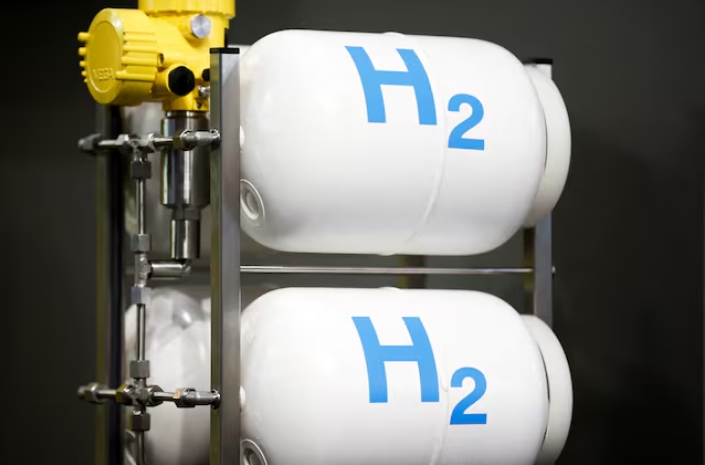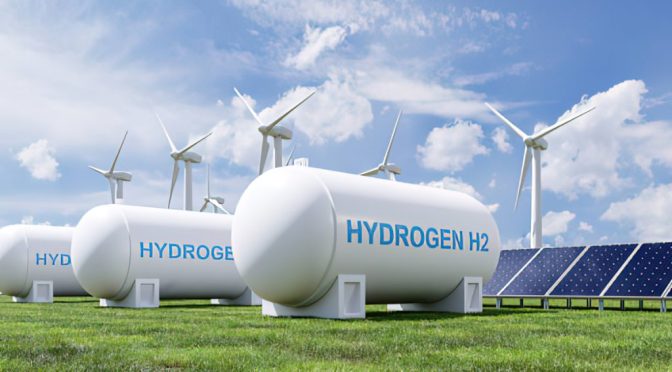![Vehicles pass a wind power farm in Turpan, the Xinjiang Uygur autonomous region. [Photo/Xinhua]](https://www.world-energy.org/uploadfile/2019/0729/20190729042716826.jpg) Vehicles pass a wind power farm in Turpan, the Xinjiang Uygur autonomous region. [Photo/Xinhua]
Vehicles pass a wind power farm in Turpan, the Xinjiang Uygur autonomous region. [Photo/Xinhua] Wind and solar power generation rose 18 percent and 12.5 percent to 20.73 billion kilowatt hours (kWh) and 6.18 billion kWh respectively, according to the regional development and reform commission.
It said 16.9 percent of installed wind power generating capacity and 10.7 percent of the solar power capacity in Xinjiang were left idle in the January-June period, 12 percentage points and 9 percentage points lower than a year ago.
The lower idle rates came after local authorities encouraged more local consumption and transmitted more to regions in the country's bustling east, according to the State Grid Xinjiang Electric Power Co., Ltd.
The idle capacity is caused by a number of factors, including higher costs, rapid capacity increase, slower power consumption growth, poor grid connections and the grid's preference for more predictable coal-generated power.
Xinjiang is one of the leading regions across the country in terms of new energy development.
By the end of June, the installed power generating capacity in Xinjiang totalled 86.76 gigawatts (GW), with wind and solar energy contributing 29.47 GW, or 34 percent.
To cut greenhouse gas emissions and tackle air pollution, China has been trying to use more renewable energy to reduce its heavy reliance on polluting coal.







